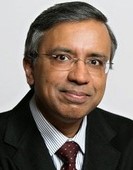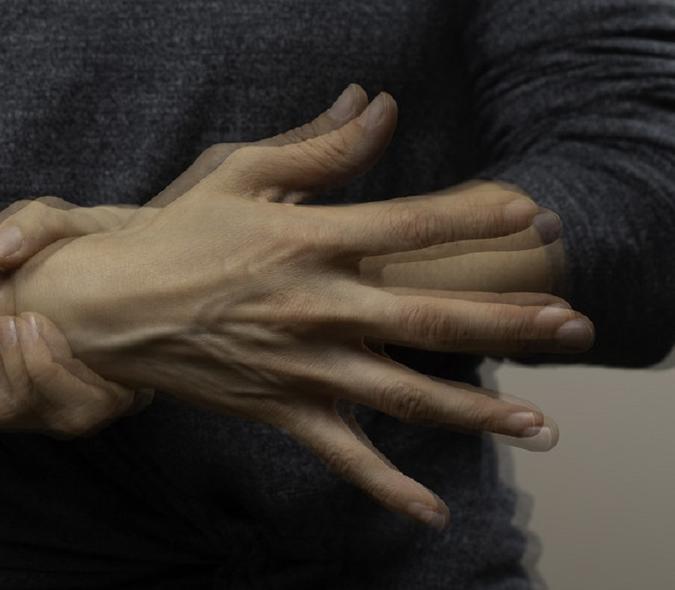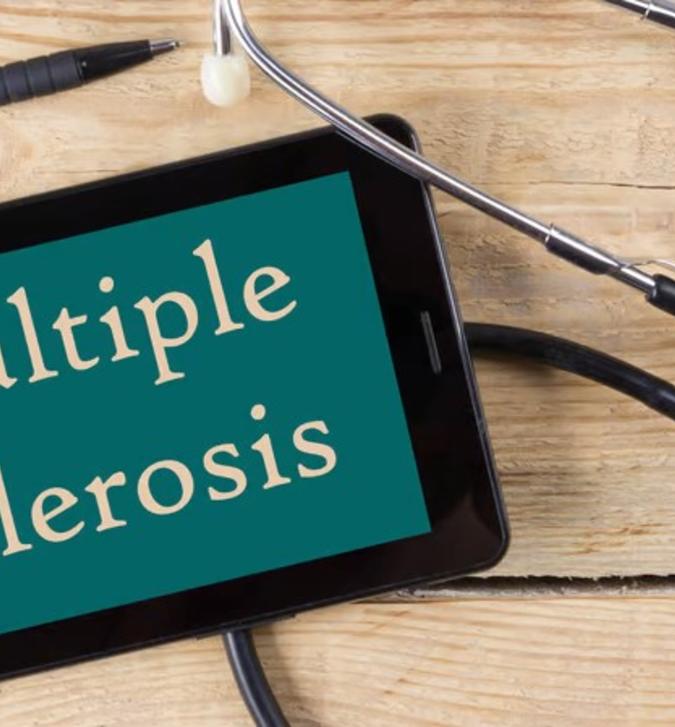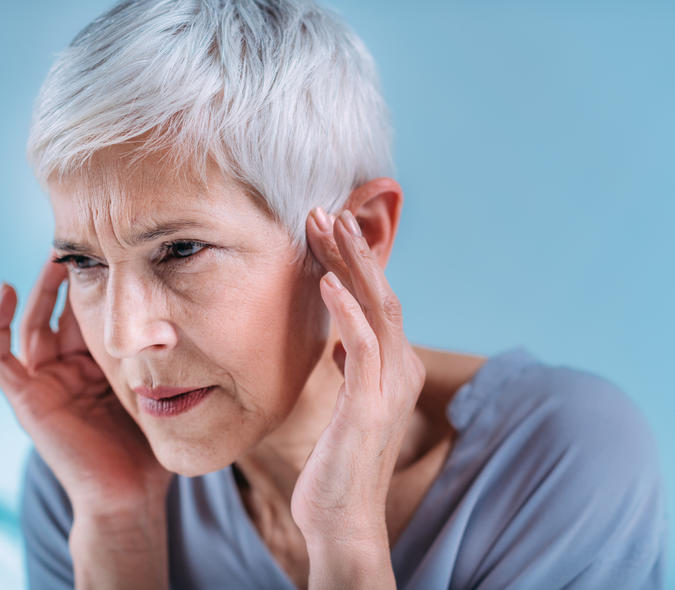
Translating 25 years of experience into training the next generation of providers
Like a medical Sherlock Holmes, Associate Professor Murali Krishnamurthy, MD, MSBE, MBA, loves to investigate his patients’ complex conditions, finding their root cause, and implementing effective treatment plans. He has been a physical medicine and rehabilitation (PM&R) physician for 25-plus years, and more recently moved from private practice back to academic practice when he came to the U of M.
Joining the Rehabilitation Medicine Department meant that he would continue seeing patients while taking a more direct role in teaching residents, medical students, and fellows. Because he has such a wealth of experience, Dr. Krishnamurthy helps learners understand where they can improve. “For example, newer students may perform an exam as if the patient is normal, rather than having just had a surgery, or dealing with an injury, or just being exhausted,” he explained. “I help them learn that to get the most important information, they should tailor their examinations in a way that’s appropriate for the patient’s condition.”

While giving occasional guidance, Dr. Krishnamurthy (pictured at left) believes that you should allow students to learn, explore, and find their own niche when treating patients. “Our learners come to us from different backgrounds; helping them reach a higher level is very exciting,” he said.
Avoiding opioids
One of the important things that Dr. Krishnamurthy teaches is his philosophy about the use of opioids. “The secret to that is finding the patient’s source of the pain and treating it — not covering it up. I make sure that others can follow that advice,” he said. “If a patient truly needs opioid-aided pain relief following things like surgery, I believe in giving them the smallest amount needed for the shortest time.”
Dr. Krishnamurthy handles both inpatient (hospital) and outpatient (clinic) cases for the department. “Our inpatient cases typically come to us with impaired function,” he said. “They may have had a stroke, a brain tumor, a spinal cord malfunction, or they may be recovering from a long illness such as COVID or from cancer or organ transplantation. While they are medically improved, they have a lot of challenges and are not at a functional level that allows them to go home.”
On the right track
In the clinic, Dr. Krishnamurthy sees patients who may have already had multiple treatments and tests for things like headache, neck pain, or low back but have found no relief. This pain is often from the facet joints in the cervical and lumbar areas of the spine, which are affected by trauma, aging, and degeneration. “We use fluoroscopic diagnostic and confirmatory medial branch blocks to confirm whether or not the patient’s pain improves,” he said. During these tests, a small amount of anesthetic is injected near targeted medial nerves of the spine. “If the patient experiences good pain relief for the duration of the anesthetic [within 3 to 6 hours], we know we’re on the right track,” he said.
After confirming the location of the pain, Dr. Krishnamurthy performs a percutaneous radiofrequency ablation, heating the nerve involved to 80 degrees centigrade (176 degrees Fahrenheit) for 75 seconds — enough to destroy a small portion of it – so pain signals cannot pass to the brain. “Nothing changes for the patient except their experience of the pain,” he said. “The relief from the procedure typically lasts around eighteen months, with a range of six months to three years.”
Best of both worlds
Dr. Krishnamurthy likes this approach because the nerve can continue to grow and doesn’t lose all the information it provides. “It’s the best of both worlds,” he said. “It gives many patients a chance to build their strength back, modify their activities, and potentially outgrow the pain. The back is such a complex structure…there are many things that can go wrong, some of which are easier to treat than others. Our decisions about what to treat and how to treat it make all the difference for our patients.”
These decisions also must be translated into the education of the department’s learners. “On the inpatient side, we have both a resident and a medical student on the floor,” said Dr. Krishnamurthy. “Like me, they’re interested in this field — helping patients improve their function, reduce their pain, and get back to their lives.”
Big responsibility
Delivering top-notch care while educating the next generation of providers is a big responsibility, according to Dr. Krishnamurthy. “The advantage the University has is the various layers of expertise that are available, both to our patients and our learners,” he said. “PM&R itself is a branch of medicine that has many layers of expertise. We work as a dedicated team of physiatrists, neuropsychologists, physical,occupational, and speech therapists, alongside our wonderful nurses, to make a huge difference in our patients’ and our learners’ lives.”
In addition to providing patient care and medical education, Dr. Krishnamurthy is Chair of the Diversity and Inclusion Committee for the Minnesota Chapter of the American College of Healthcare Executives. “I like that the University is playing a big role in diversity, equity, and inclusion,” he said. “It’s a reflection of how far we’ve come in recognizing these complex challenges. We’re all trying to help one another, and the University is supporting us in our growth and development in this area.”



